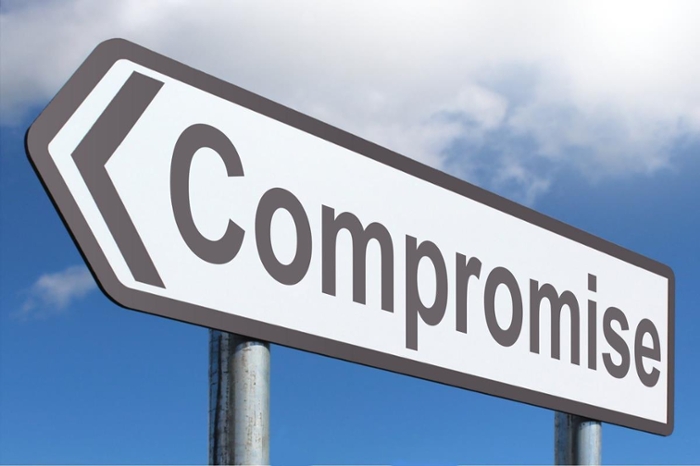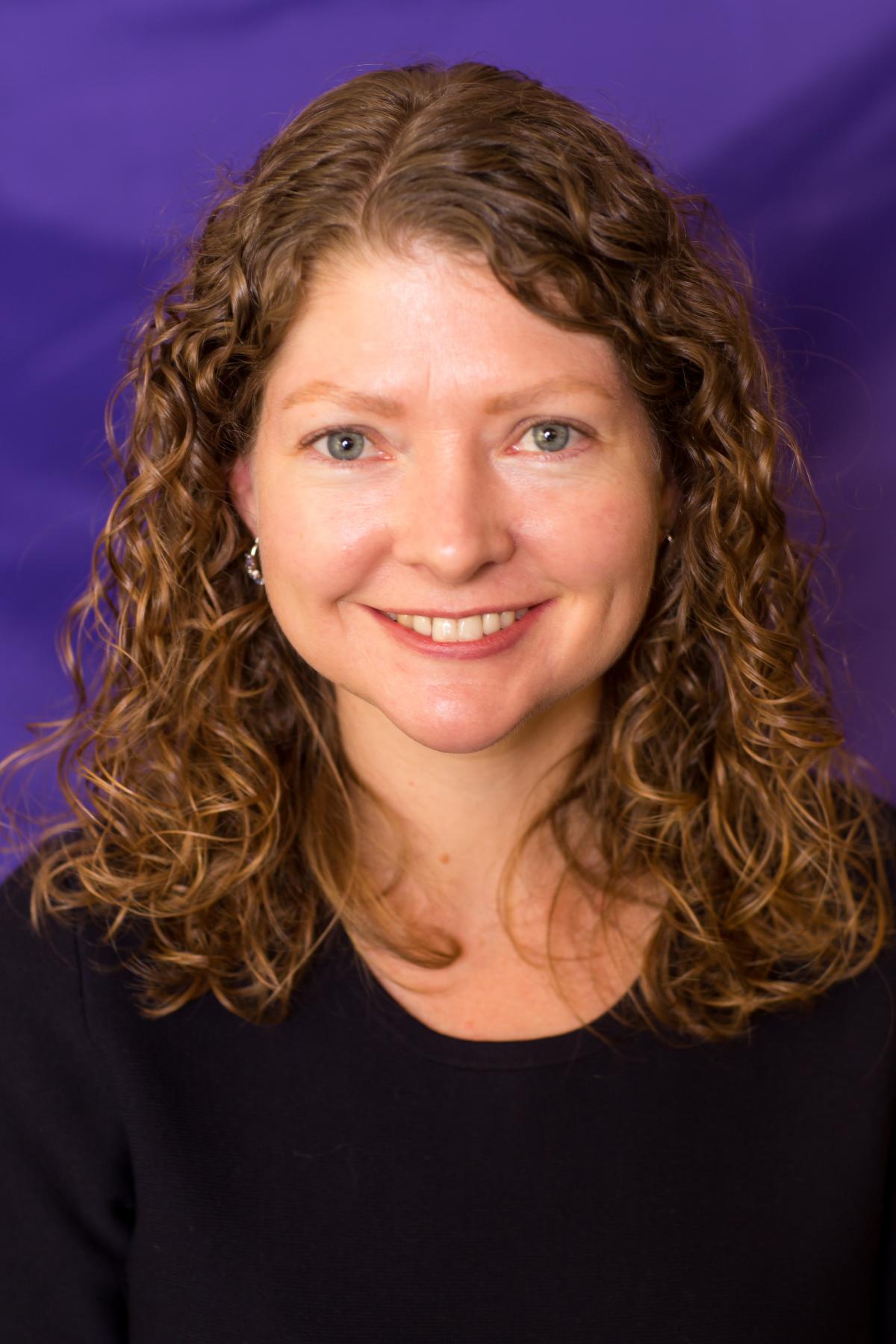Turning Their Backs on Compromise
Why some politicians still resist consensus
Get all our news

Once considered a Great Compromise in and of itself, the U.S. Congress now seems a place of extraordinary inaction.
Though ideological polarization is often to blame for today’s gridlock at the federal (and state) level, researchers have found that even when common ground exists, some legislators won’t set foot on it.
IPR political scientist Laurel Harbridge-Yong explored the act of “holding out” in a recent study with co-authors Sarah Anderson of the University of California, Santa Barbara, and Daniel Butler of the University of California, San Diego.
Holding out occurs when legislators vote against a plan that is closer to their ideal policy than the status quo. The team of researchers surveyed state legislators and found that more than a quarter of lawmakers said they would vote against a proposal even though it was closer to their preferred policy.

In practice, if a politician wanted a state’s gas tax to be 40 cents per gallon and the current rate was 22 cents, she should be willing to vote for a compromise of 31 cents.
“Common ground doesn’t guarantee success because legislators may still reject ‘half a loaf’ and produce gridlock in the process,” says Harbridge-Yong. “We find one reason legislators don’t support compromise is the perception that primary voters will punish them” for being willing to cooperate with political opponents.
In the electorate, this concern then shifts power from general election voters who ultimately decide which candidates are sworn in, to more partisan primary voters who determine which figures will appear on the general ballots. These primary voters now are among the early considerations shaping a politician’s decision about whether or not to cross the aisle and collaborate with members of the other party.
“It’s a feedback loop of partisanship and polarization,” says Harbridge-Yong, author of the 2015 book, Is Bipartisanship Dead? Policy Agreement and Agenda-Setting in the House of Representatives (Cambridge University Press).
This feedback effect is amplified by gerrymandering, which has essentially placed a single party in “control” of many legislative districts. This makes primary elections more important than general elections for some legislators.
Primary voters—who tend to sit closer to ideological extremes—essentially elect representatives in these districts, Harbridge-Yong says. These voters are more politically active, from donations to participation in listening sessions, and their voices carry inordinate weight in this model. Frequently, they also are among those who regard bipartisanship as a politician failing.
Harbridge-Yong’s data indicates that Republicans, legislators in the majority, and those who fear that their constituents will punish compromise are most likely to hold out.
“Voters didn’t create our culture of partisanship, but they are playing a role,” says Harbridge-Yong, whose current work examines legislative inaction and partisan conflict in Congress and American politics more broadly. “The result is that political gridlock can occur even when a supermajority of legislators could be made better off by policy change.”
The Other Side of the Aisle
Unfortunately, she says, current trends show the public following Congress in becoming more polarized and fostering partisan animosity. According to a Pew study, Americans are more likely than ever to view politicians and supporters of the opposing party with anger, fear, and contempt.
This animosity can be seen in the language people use to describe members of the opposing party. Research by IPR graduate research assistant Jacob Rothschild and former IPR graduate research assistants Ethan Busby, Adam Howat, and Richard Shafranek explored stereotypes that people have about rank-and-file Democrats and Republicans.
“We found that partisan stereotypes are politically significant as individuals who think of partisans in a predominantly trait-based manner—that is, in a way consistent with partisanship as a social identity—display dramatically higher levels of both affective and ideological polarization,” says Busby, who recently defended his dissertation.
The researchers do point out that survey respondents tended to correctly associate Democrats and Republicans with the appropriate ideological orientations (“liberal” and “progressive” for Democrats, “conservative” for Republicans) and social groups (“young,” “urban,” “minorities” for Democrats; “old,” “southern,” “white” for Republicans).
“The overall findings not only grant additional credence to social identity approaches to partisan identification, they also suggest strong connections between partisan social identity, trait-based thinking, and mass-level polarization,” the researchers wrote.
When survey participants were asked to describe their in-party peers, they often used words such as “smart” and “educated,” while ascribing more negative stereotypes to opposing party members, such as ”ignorant.”
“People have almost always disliked others with whom they don't agree; however, the research is clear that Americans have stronger negative feelings towards their political opponents than they did in previous decades,” says Busby, whose dissertation research explores factors that encourage or discourage extremism. “People have become increasingly divided by political affiliations, in ways that extend beyond politics or political debates.”
Laurel Harbridge-Yong is associate professor of political science and an IPR fellow.
Originally published by the Northwestern Office for Research.
Top photo: Flickr, DonkeyHotey.
Published: August 15, 2018.